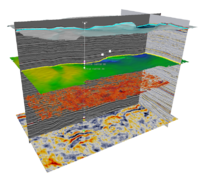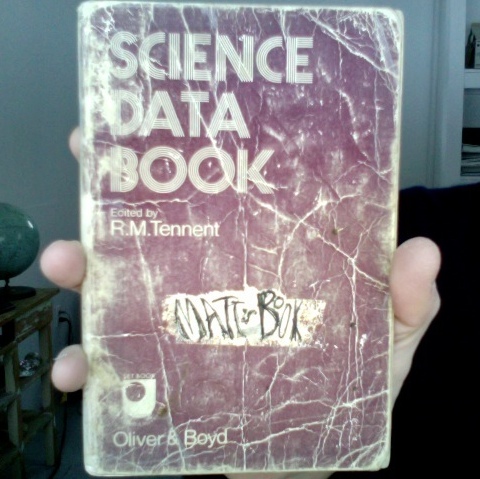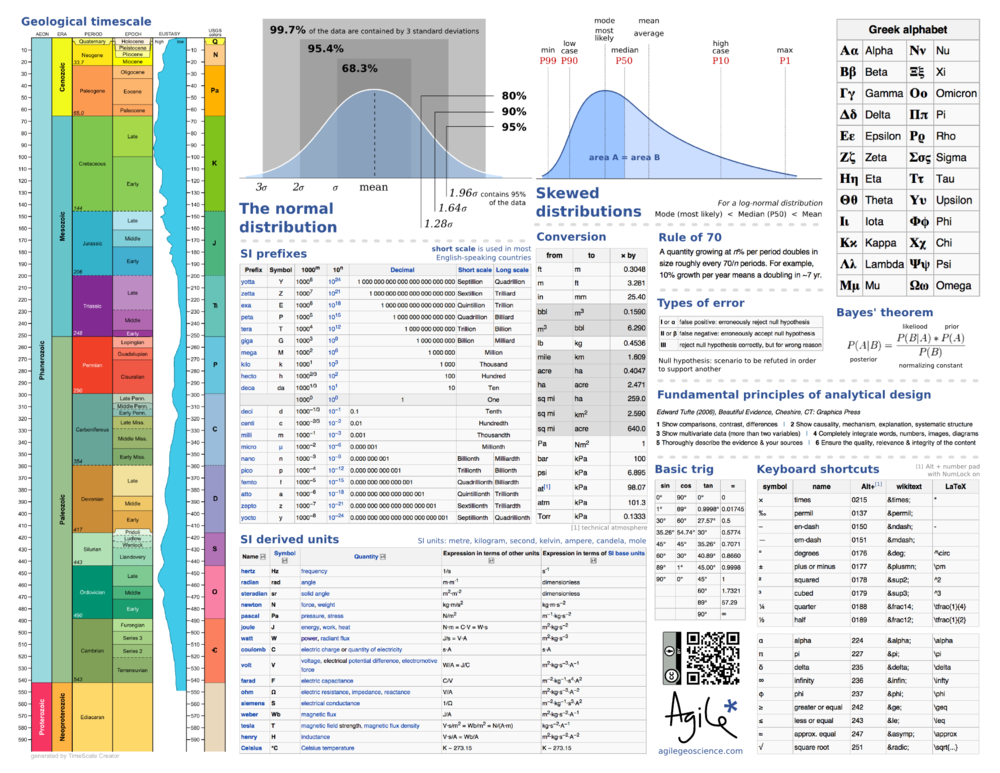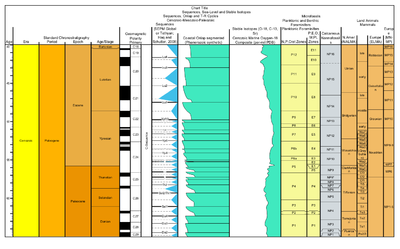Innovations of the decade to come
/On Monday I posted about what I think were the major advances in exploration and reservoir geoscience in the last decade. I wanted to follow up with a look at what might happen next.
As oil and gas become harder to find and develop safely, responsibly, and economically, our tools and data will of course only continue to improve. In particular, acceptable oil sands and shale gas recovery efficiency demand new ideas and new methods. I hope the next decade will see us making progress in some of these areas, some of them long-lived problems. Here's one, more after the break:














 Except where noted, this content is licensed
Except where noted, this content is licensed